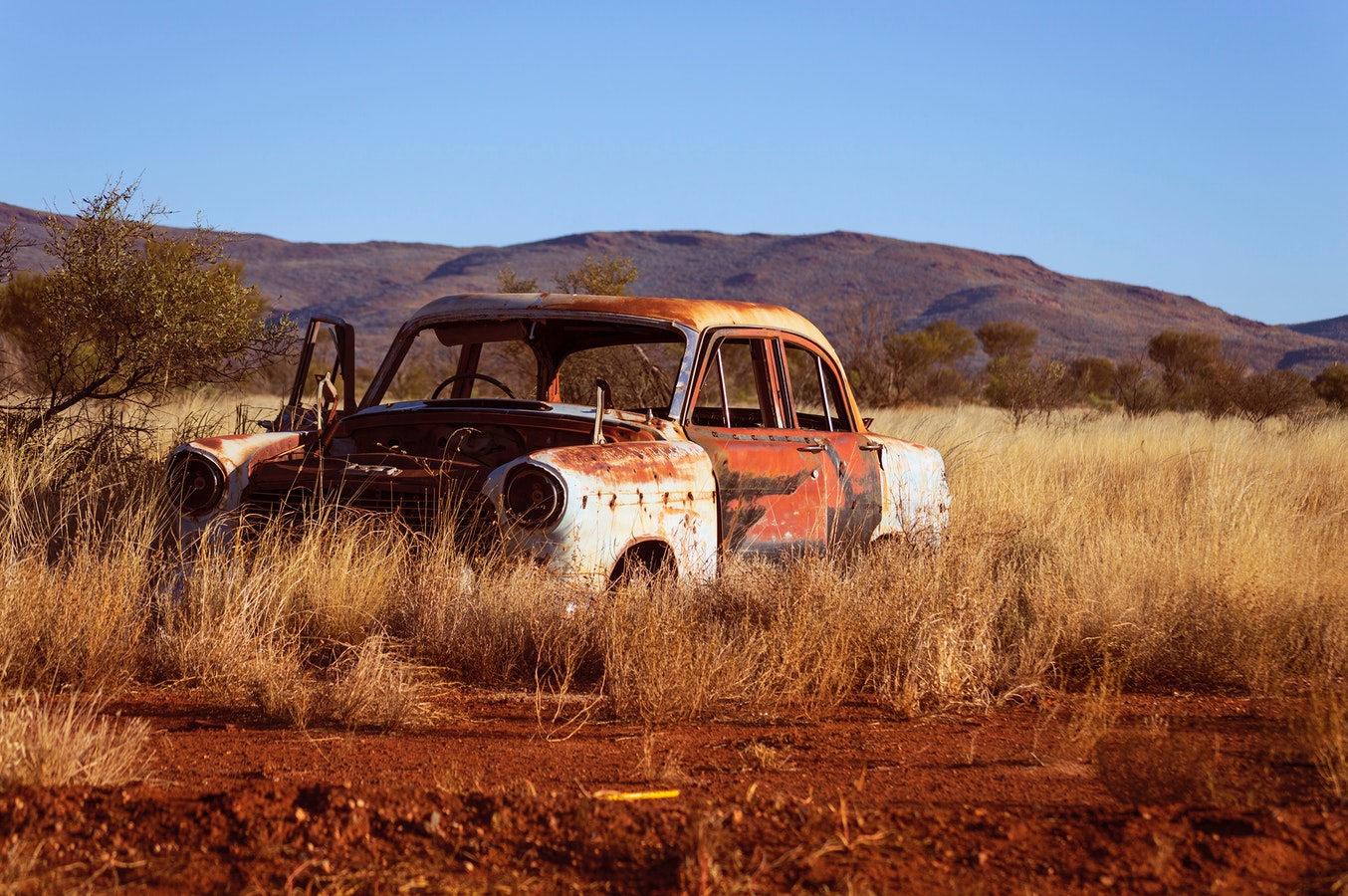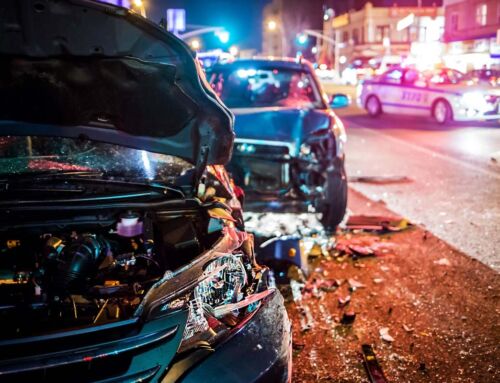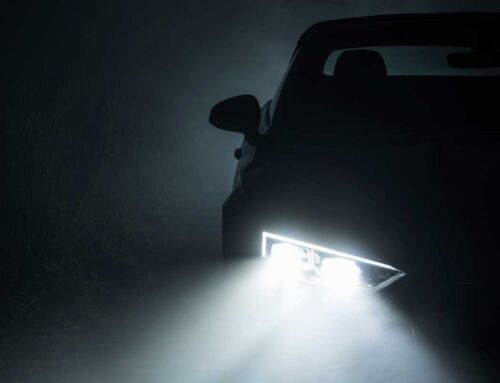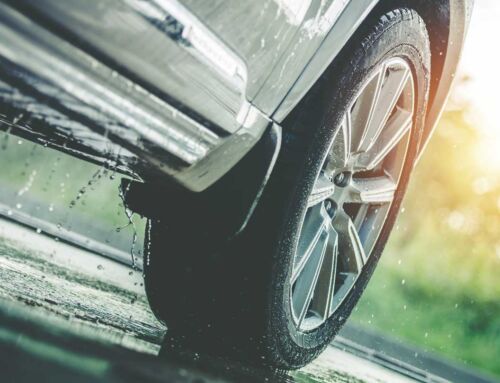Summer is almost officially here, and many of us are making family road trip plans. We’re going to pile the kids into the car, find a good kennel for the pets, water the perennials and hit the road to parts unknown. Even if we’re planning to stay close to home, it’s likely we’ll be depending on our vehicle to get us to whatever summer fun awaits us. Maybe we’ll catch the latest cinematic blockbuster at our favorite IMAX theater or at the nearest drive-in. Considering the heat that comes with the heaviest travel season of the year, a trip to the nearest beach or family waterpark might not be a bad idea either.
The month of June has seen many automotive accomplishments since industry pioneers like France’s Emile Levassor and America’s Henry Ford first made automobile history. There have been many other innovators and big thinkers who have helped make the wandering and roaming that we enjoy today safe, affordable, and environmentally sound. Let’s take a look at a list of some other notable firsts that the vast majority of drivers today might never consider.
June 13, 1895: First auto race
On this day in 1895, Emile Levassor drove across the finish line in the world´s first real automobile race. Driving a Panhard et Levassor car with a two-cylinder, 750-rpm, four-horsepower Daimler Phoenix engine, Levassor completed the 732-mile course from Paris to Bordeaux and back in just under 49 hours. The car and driver traveled at only 15 miles per hour, but it was an impressive speed at the time. The success prompted the creation of the Automobile Club de France, which would eventually develop and regulate such future motor sports events as the Grand Prix motor racing circuit, and its current incarnation, Formula One.
June 4, 1896: Henry Ford test-drives his “Quadricycle”
One year after Levassor’s success, at his home in Detroit, Henry Ford unveiled the “Quadricycle”. It was the first automobile he ever designed or drove. Ford was working as the chief engineer for the main plant of the Edison Illuminating Company, and he was able to use his flexible working schedule to experiment with building a horseless carriage with a gasoline-powered engine. When Charles King, another Detroit engineer, took his own hand-built, wood vehicle with a four-cylinder engine out for a spin, it traveled up to five miles per hour. This drove Ford´s desire to build a lighter and faster gasoline-powered model.
June 6, 1933: First drive-in movie theater opens
Many young people today may have no idea what a drive-in theater is, but In Camden, New Jersey on this day in 1933, excited would-be moviegoers parked their automobiles on the grounds of the first patented “Park-In Theater”. It’s creator was Richard Hollingshead, a sales manager at a company called Whiz Auto Products in Camden. Reportedly, his inspiration was his mother´s struggle to sit comfortably in traditional movie theater seats. Hollingshead came up with the idea of an open-air theater where patrons watched movies in the comfort of their own automobiles. Charging 25 cents per car and 25 cents per person, he advertised it as entertainment for the whole family. In 2017, there were around 300 surviving drive-in theaters in the United States. That’s a far cry from the nearly 4,000 theaters that once existed. If you happen to live in one of the few states that still have drive-in theaters, you might want to plan a night out with the family to catch one of the newly released films, featuring sporty vehicles in fast-paced chases, just for nostalgia’s sake.
June 24, 1966: Senate passes landmark auto safety bill
The United States Senate voted 76-0 for the passage of what would become the National Traffic and Motor Vehicle Safety Act on this day in automotive history. President Lyndon B. Johnson signed the act into law the following September. The act created the nation´s first mandatory federal safety standards for motor vehicles. A book by Ralph Nader, “Unsafe at Any Speed,” was a comprehensive critique of the American auto industry and its unsafe products. The publication fueled the growing concern of Americans regarding the alarming number of traffic accidents and fatalities on the nation´s roads.
June 22, 2001: “The Fast and the Furious” released
A crime drama based in the underground world of street racing in Southern California, “The Fast and the Furious,” debuted in theaters across the United States in 2001. A powerful fire-engine red 1993 Mazda RX-7 Twin Turbo is the weapon of choice for one of the film’s lead characters. A vintage 1969/1970 Dodge Charger was also featured in other scenes in the movie. Street racing began in the early 1990s on the roads and highways of Southern California. Despite mixed reviews from critics, “The Fast and the Furious” was an unexpected hit at the box office.
June 14, 2002: “The Bourne Identity”, with chase scene, is released
In one of the most memorable scenes in the film “The Bourne Identity,” released on this day in 2002, the lead character, Jason Bourne (Matt Damon) drives a vintage Austin Mini Cooper through the traffic-heavy streets of Paris to evade his pursuers. According to producer Frank Marshall, the filmmakers used five different vintage Minis to make the film. Only one of them was left when filming wrapped. The Mini Cooper, which is a British-borne sports car first produced in 1959, was a common automotive choice for use in spy films of the 1960s and 1970s.
June 28, 2006: Daimler Chrysler announces Smart´s U.S. arrival
After a flurry of rumors, DaimlerChrysler chairman Dieter Zetsche announced on this day in 2006 that the company´s urban-focused Smart brands would come to the United States in early 2008. Smart–an acronym for Swatch Mercedes ART–began as a joint venture between Swatch, the company known for its colorful and trendy plastic watches, and the German automaker Mercedes-Benz. The result of this collaboration was the Smart for two, which measured just over eight feet from bumper to bumper and was marketed as a safe, fuel-efficient car that could be maneuvered easily through narrow, crowded city streets.
Final Thoughts
Whatever our inclination for summer fun, it’s a sure bet that we want to be safe while getting there and look good doing it. We rely on our cars, trucks, or RVs to move us over the highways, city streets and back roads, but we sometimes neglect the damage that everyday travel can cause. Downtown Autobody can help get your vehicle summer ready with a new paint job, or dent repair. Call one of our autobody specialists today!





